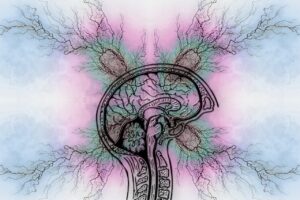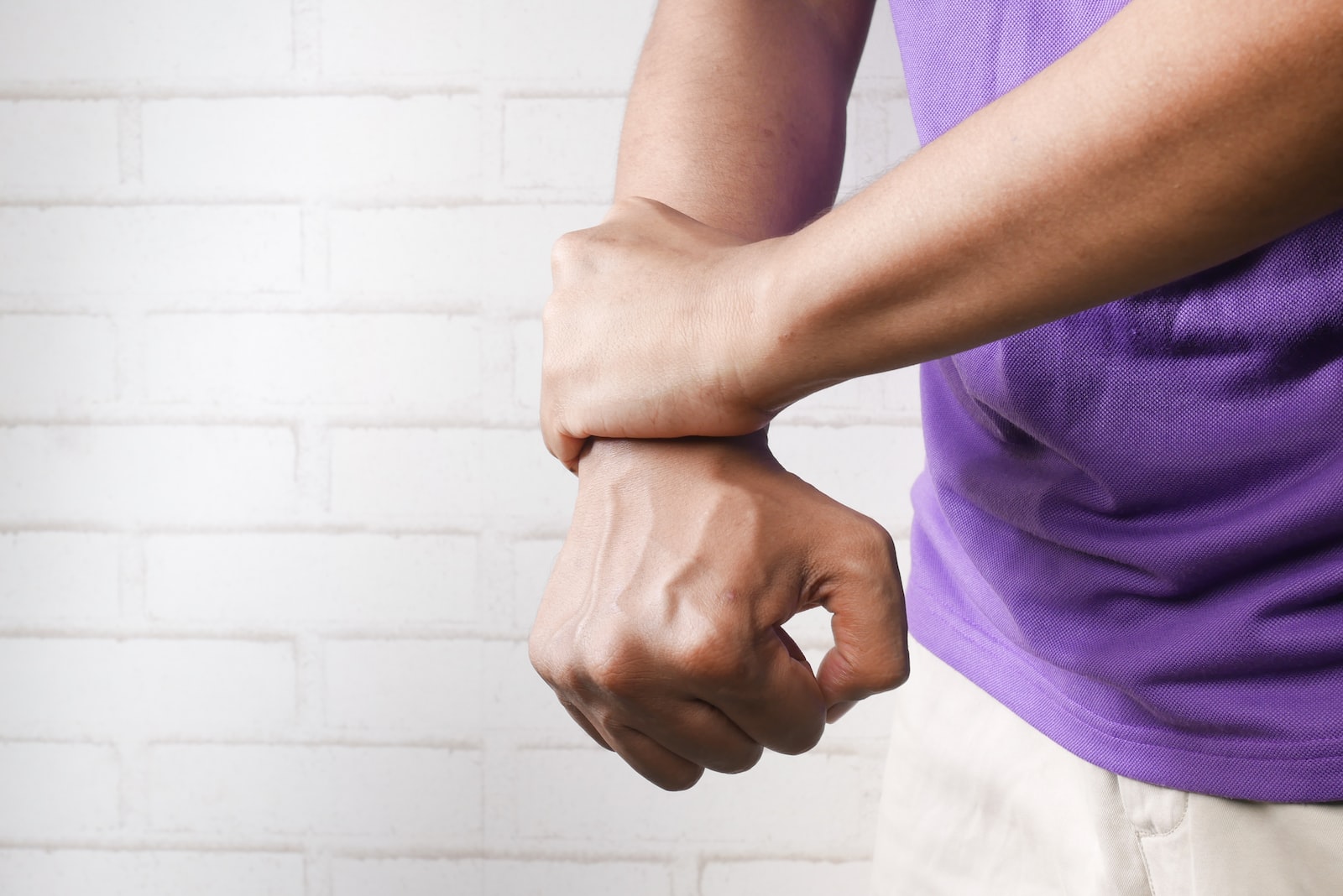New technology found to significantly reduce tics in Tourette’s syndrome
Trialled on over 100 people in the UK, a new wrist device has been found to reduce tics in those that suffer with Tourette’s syndrome.
Developed by the University of Nottingham, the Neupulse device delivers electrical pulses to the wrist to reduce the amount and severity of tics which are symptoms of Tourette’s.
The prototype wrist device was trialled by 121 people across the UK. On average the people who tested the device said they noticed a reduction in tic frequency of 25%.
Following the technologies success, famous Scottish Singer, Lewis Capaldi, has become the latest person to test the device.
Half of the people involved in the clinical trial were given a functional Neupulse, while the other half were given a sham device. Both groups were told to activate the wearable five days a week, at the same time each day, for 15 minutes per sessions. They did so over a four-week period.
After four weeks of using the device, people who received active stimulation experienced a reduction in tic severity of more than 35%.
‘The results of this trial mark an exciting step towards an effective, non-invasive treatment for Tourette syndrome that can be used at home,’ said the Lead Scientist, Neurotherapeutics CEO Dr. Barbara Morera Maiquex. ‘We are now focused on using the knowledge from the trial to develop a commercial device that can be made available to people with Tourette’s.’
Previous research by scientists from the University of Nottingham’s School of Psychology and School of Medicine used repetitive trains of electrical stimulation to the median nerve (MNS) at the wrist to entrain rhythmic electrical brain activity associated with the suppression of movements.
Experts found that rhythmic MNS substantially reduces tic frequency and intensity and removes the urge-to-tic in people with Tourette’s.
Tourette’s syndrome is a neurodevelopmental condition that is usually diagnosed between the ages of eight and 12 and it causes involuntary sounds and movements which are otherwise known as ‘tics’.
Tics are repetitive, stereotyped movements and vocalisations that occur in bouts, typically many times in a single day, and are often preceded by a strong urge-to-tic, referred to as a premonitory urge.
As well as being developed by the University of Nottingham, Neurotherapeutics Ltd, a medical device company targeting neurological disorders, also helped advance the technology and have recently secured £1m in additional funding to commercialise the device with an aim of having an app available within the next three years.
A report on the study was recently published in the online journal MedRxive.
Image: Towfiqu barbhuiya
















